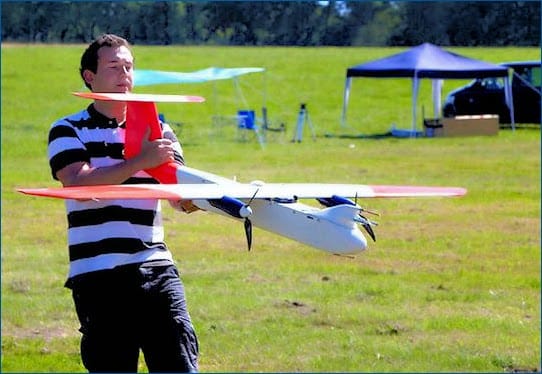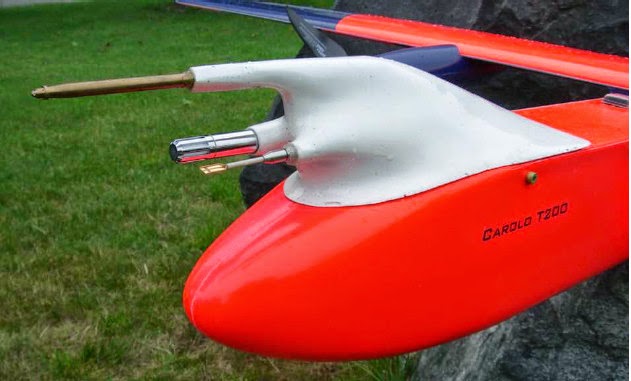

Figure 1 – Meteorological UAV M2AV and meteorological measurement sensors. Article online here
To obtain an accurate TAS measurement ![]() it is necessary to calculate a precise value of the air density,
it is necessary to calculate a precise value of the air density, ![]() . If our airframe is flying across the troposphere, the humidity modifies the air density.
. If our airframe is flying across the troposphere, the humidity modifies the air density.
We shall use for our density calculations the well-established CIPM Equation for the Determination of the Density of Moist Air (1981/91). Other density models, with a different range of applicability, can be chosen but this is not the main focus in this text.
Assuming an ISA atmosphere, the air density at 15°C and 101325 Pa is ![]() , while the air is assumed to be dry. That value is by the CIPM equation. Moist air is a mix of dry air and water vapors. The molecular weight of dry air is about 28.96e-3 kg/mol, and the molecular weight of water vapor is 18e-3kg/mol. The higher the content of water vapor in the air, the lower the moist air density value is.
, while the air is assumed to be dry. That value is by the CIPM equation. Moist air is a mix of dry air and water vapors. The molecular weight of dry air is about 28.96e-3 kg/mol, and the molecular weight of water vapor is 18e-3kg/mol. The higher the content of water vapor in the air, the lower the moist air density value is.
Let’s assume that the relative humidity value at ground level changes from 45% to 70%. In table 1 you find the air density value for different humidity values, dry air density is used to calculate the deviation shown in the last column of the table. For this calculations, you can use the density calculator script in the following link.
| T=15°C, P=101325 Pa | ||
|---|---|---|
|
RH % |
Density kg/m3 |
Airspeed deviation % |
|
0 |
1.225 |
0.00 |
|
45 |
1.222 |
0.12 |
|
70 |
1.22 |
0.20 |
| T=15°C, P=101325 Pa | ||
|---|---|---|
|
RH % |
Density kg/m3 |
Airspeed deviation % |
|
0 |
1.252 |
0.00 |
|
45 |
1.249 |
0.12 |
|
70 |
1.248 |
0.16 |
Extremal values, such as (0,70)RH and (5,35)°C, are plausible but should be carefully evaluated for each application. The precedent tables highlight that airspeed deviation increases with the operating temperature. Humidity is often not measured on DIY flying machines, but as shown here that can have an impact on the airspeed measurement accuracy. As usual, the overall accuracy of a measurement should be adapted to reflect the specific application. An additive uncertainty of 1% can be unacceptable for aerodynamic identification tasks but can be acceptable for less demanding flight control applications.